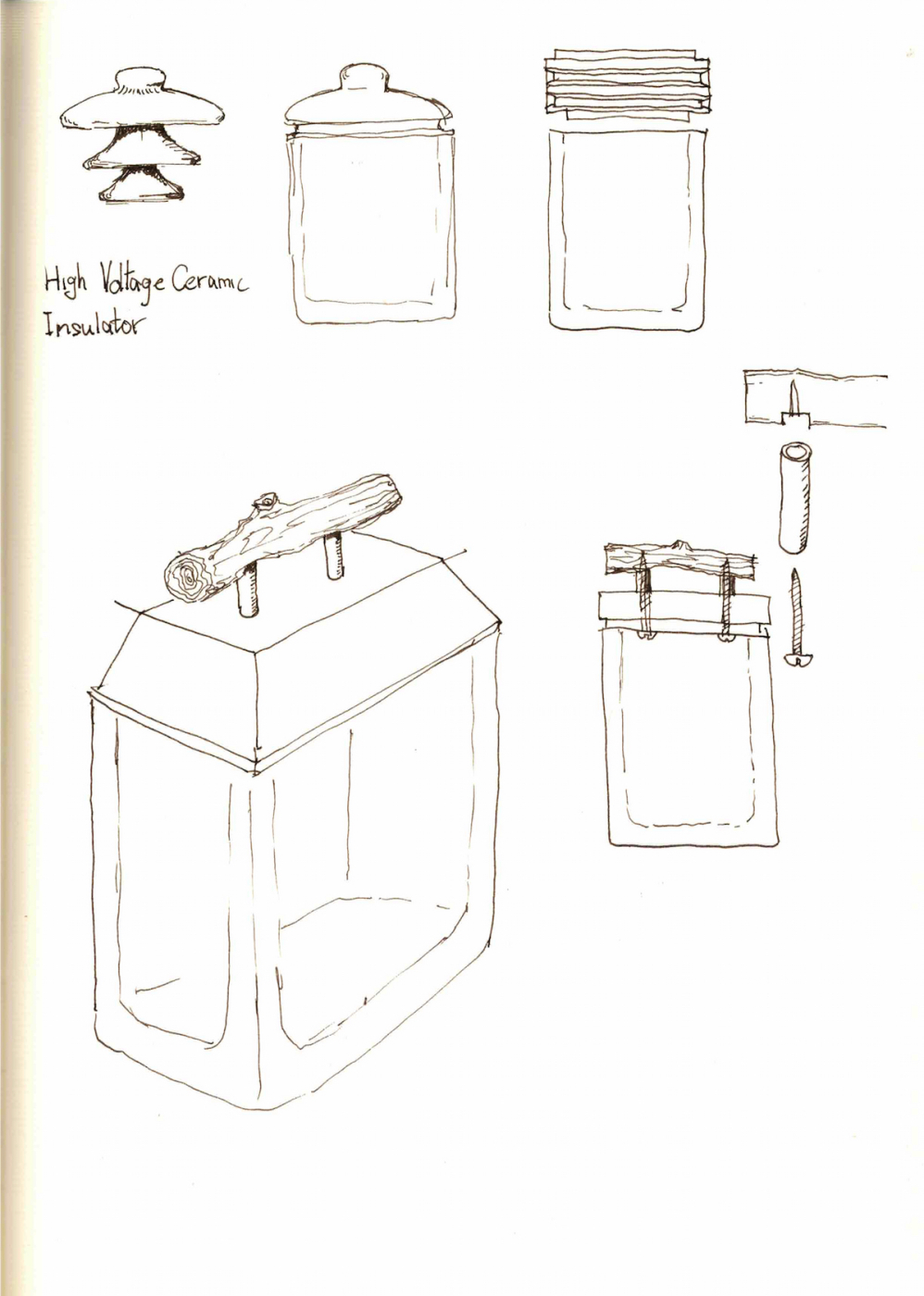We may receive a commission when you use our affiliate links. However, this does not impact our recommendations.

As woodworkers, we possess the remarkable ability to augment everyday objects by adding wooden components to them. From crafting knobs, handles, and legs to forming frames, lids, pedestals, and raised bases for artwork, we can transform and enhance various household items. We can even replace missing or broken parts with custom-made wooden alternatives that often surpass the original in aesthetics. Just imagine a beautiful glass candy jar that has lost its lid, only to be replaced by a new and celebratory one crafted from figured wood by a skilled wood-turner. The ability to utilize a few tools to rapidly and effortlessly shape a wonderful natural material into a solid and stable object is truly remarkable. Woodworking allows us to unlock the potential of wood and augment everyday items in creative and functional ways.
The Story of the Wooden Lid for My Glass Vase
Most of us have come across cubical glass vases in our homes or offices at some point. What I find appealing about them is their simple cubic shape and substantial weight. Recently, I contemplated the idea of adding a lid to one of my cubic vases, transforming it from a mere vase or a container for miscellaneous items gathering dust, into a transparent box with an elegant lid. My initial plan was simple: find a suitable scrap wood piece, shape a rabbet around its base, and place it over the glass vase.

Exploring Design Possibilities
However, as ideas tend to do, one led to another, and I found myself sketching more elaborate custom lid designs. Should it be a lid with an accompanying ready-made knob? Or perhaps a lid with side handles? I even considered designing a tall lid shaped like a gabled roof or an impressive vaulted one. The sketches below represent my foray into the world of design possibilities.

Considerations for Lid Design
In selecting the most suitable lid design, one important consideration was the production process. Working with stubby blocks of wood requires careful planning to ensure safe handling and manipulation on our machines. The band saw proved to be the ideal tool for shaping small yet thick pieces, offering ample opportunities for customization. By employing clever techniques such as using masking tape to hold cut-off parts in place or delaying their removal until all necessary cuts are made, we can achieve excellent results. Another option, when working with small components on the table saw, is to minimize deep and risky cuts unless the workpiece is fully supported by a jig.

In my upcoming blog post, I will share the lid design I settled on and provide insights into the construction process. Stay tuned to see how a simple glass vase can be transformed into a functional and aesthetically pleasing box through the art of woodworking.
Here are some supplies and tools we find essential in our everyday work around the shop. We may receive a commission from sales referred by our links; however, we have carefully selected these products for their usefulness and quality.








